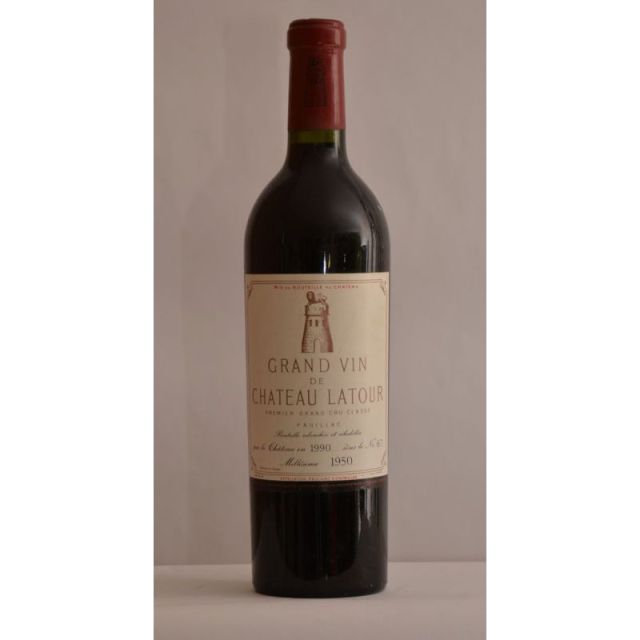I think that this may be the first time that I have written my weekly article in English. I have chosen to do this as a form of goodbye homage to my elder brother who has just died. Nicholas Cobbold loved wine as much as I do and almost decided to work in the wine trade at one point, having done an internship with a Bordeaux négociant a long time ago. Then he took other professional paths. Like many Englishmen of his generation (he was a bit older than me), his tastes led him essentially to classical sources such as Bordeaux, Burgundy and Champagne. But over recent years, on my occasional visits to his home, I noticed a growing percentage of wines from other sources, particularly the New World, in his cellar.
There is a recurrent feature about the older generation of British wine-lovers’ tastes in wine that makes them stand a little apart from what has become the contemporary mainstream: they like their wines well aged, and by that I mean considerably older than those that I regularly encounter here in France, or indeed elsewhere. Take Champagne for instance. Nicholas considered that Champagne, on the whole, was more or less undrinkable unless it was around 20 years old. A bit extremist perhaps, but he had a point. This of course meant that he bought mainly the good stuff, often at auctions, and then kept it for a while. On a fairly recent visit about 5 years ago I remember him serving me a Roederer 1982.
This went for claret as well. For those who do not know the sense of this term, « claret » is the word traditionally used by the British of that generation to describe red Bordeaux wines, and it is an anglicized version of the French term« clairet », which probably just goes to show that Bordeaux wines used to be deep pink and not dark red. He was particularly fond of Latour in odd vintages, rightly claiming that Latour had the knack of making very good wines in not such good years. These had the added advantage of being far less expensive than wines from the best years. I can remember tasting a series of Latours with him from vintages like 1950 and 1957 and they were indeed remarkable.
Burgundy was usually white and also given suitable cellaring before being drunk. I have no specific memories of individual wines but there were some Corton Charlemagnes floating around from, I think, Bonneau du Martray. There were also some Leflaive wines. His wine buying was done through traditional wine merchants (for one of which our father had worked all his life), as well as through auction houses. The wines were always impeccably cellared in an underground cellar with proper bins and racks, whether he was living in a rented house or in his own house. And many were probably sold to fund other purchases of more recent vintages.
Port was always available (Vintage of course and mainly from Graham’s or Taylors) but was actually quite rarely drunk. I think that he preferred Kummel or Cognac at the end of dinner.
I do not have anything much else to say. The end of someone’s life leaves one short of words and bereft of wit and intelligence. I will drink to him tonight with the oldest claret that I can find in my cellar here. Looks like it will be Meyney 1983.
David Cobbold


Tu as raison de trinquer avec les disparus, cela nous remet dans le droit chemin. Cheers, Nicholas !
J’aimeJ’aime
Didn’t know your brother, David, but a man with tastes like his deserves our sympathy. My condolences. I went to the remnant of my « private » wine cellar and the oldest bottle of Meyney I could find was 1988. We toddle off to Monclar de Quercy tonight and I will drink the bottle to him, in good company: Christine and our friend the cheese-maker.
J’aimeJ’aime
Condoléances, David
J’aimeJ’aime
David cela ressemble à une histoire anglaise, c’en est une.
Condoléances
Marco
J’aimeJ’aime
David. Very sorry to hear your news – our thoughts and condolences.
J’aimeJ’aime
David, It’s not surprising to learn that good taste runs in the Cobbold family. My condolences to you and your family.
J’aimeJ’aime
Thank you all. Luc, give us a call and come our way. Your have my mail and number?
J’aimeJ’aime
On FB, it would be p.m. Yes I do.
J’aimeJ’aime
Affectueuses pensées à toi David, amitiés, olivier
J’aimeJ’aime
Sincères condoléances, David.
J’aimeJ’aime
Ping : In praise of older wines: in memoriam NSC | Wine Planet